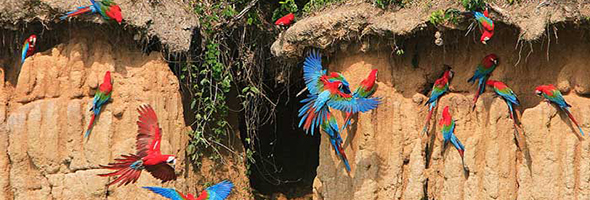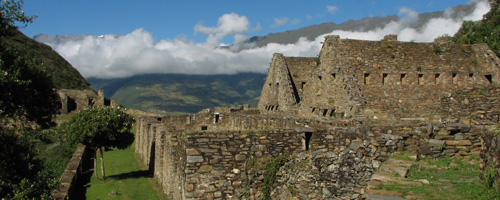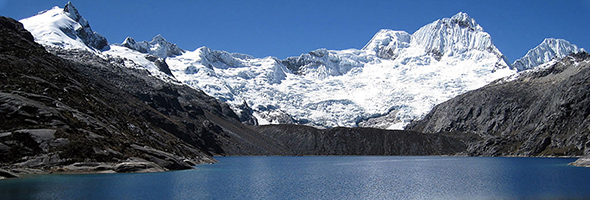Adventure Destinations

MANU
In almost one million and a half hectares, the park hosts a biodiversity without comparison in the world and its territory covers regions including the highlands of the puna, the humid and tropical forest and the Amazon plain. Up to 250 species of trees have been found in only one hectare. The park also has more than 20 000 species of plants, 1000 species of birds, 1200 species of butterflies and 200 species of mammals. Because of this, the Manu National Park is the protected area with more biological diversity in the world.

CAMINO INCA
It is the most famous trail route in Peru and possibly the most spectacular in the Americas. Every year more than 25 000 walkers from different places in the world walk along 43 kilometers of this stone road that was built by the Incas and leads to the amazing citadel of Machu Picchu. The route includes an impressive variety of altitudes, climates and ecosystems, from the punas to the cloud forest. One of the main attractions along this route is the old settlement network built of granite rock by the Incas, such as Wiñay Wayna and Phuyupatamarca, which are immerse in an overwhelming natural scenario. Hundreds of varieties of orchids, multicolor birds and dream landscapes make the ideal scenario of a route a walker should walk at least once in life.

CHOQUEQUIRAO
Choquequirao is known as the other Machu Picchu. The name comes from the Quechua Word “chuqui k´iraw” that means “Gold Cradle”. It has an area of 2000 hectares that hosts a group of structures above 3100 masl and forms part of a series of architectonic complexes in the Vilcabamba Valley, the last center of Inca resistance. Its geographical position, history and attractions, as a source of income for surrounding communities, make Choquequirao a pleasant and seductive place as an alternative of cultural tourism.

HUARAZ
City located in Callejón de Huaylas which natural limits are the Black Mountain Range and the White Mountain Range that hosts the Huascarán snow-capped mountain that is 6768 masl, making it the highest in Peru. Its most important attractions are the Huascarán National Park, declared Natural Heritage of Humanity by the UNESCO and featuring 296 lakes, surrounded by a large variety of vegetal species such as the Puya Raimondi and where animals such as the Andean condor, the spectacled bear and the puma can be observed with luck.

